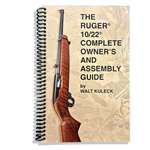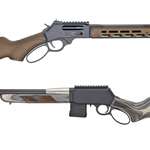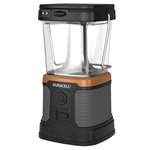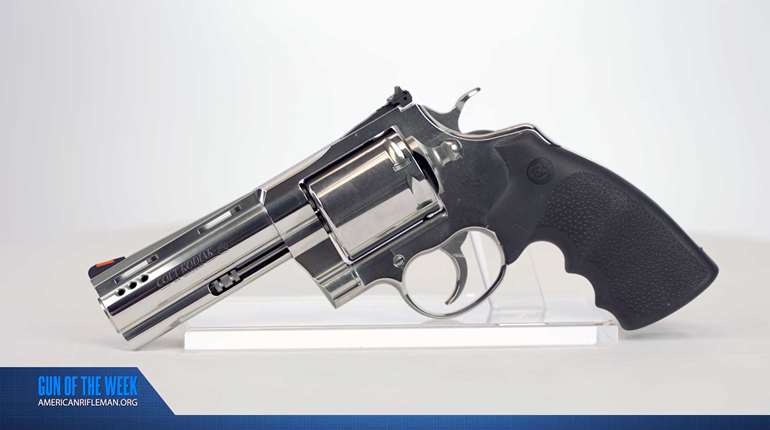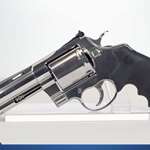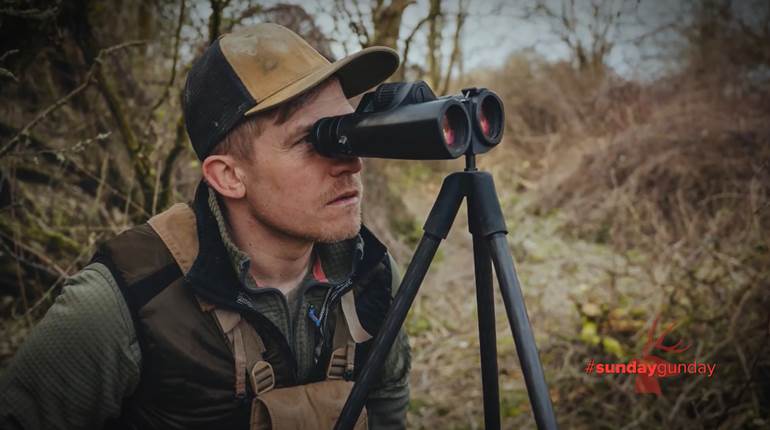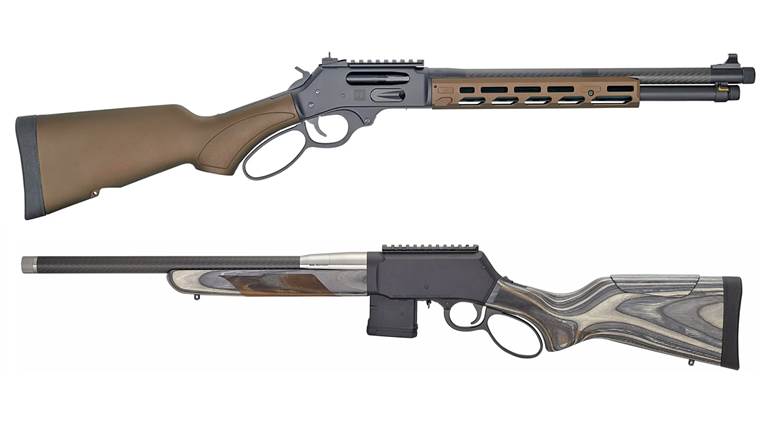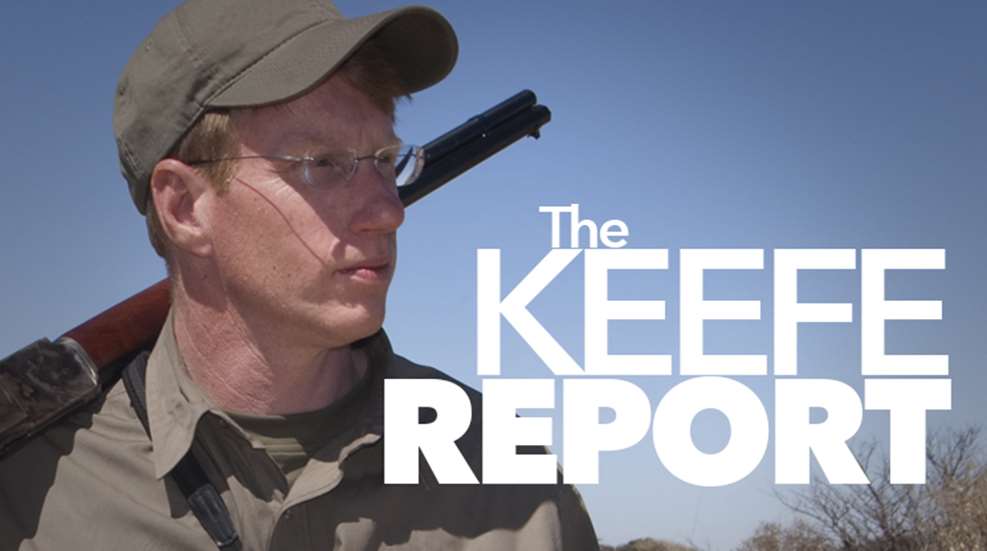
In case you hadn’t noticed, we are in the midst of an ammunition, primer and propellant shortage. Stories are making both local and national news, and rumors abound on the Internet. I understand there have been large Federal contracts, but those cannot come close to explaining the increased demand for ammunition and components. There is more than a billion—that’s billion with a “B”—rounds of .22 Long Rifle produced in this country every year. One estimate puts it at closer to a billion and a half. The DHS has not bought a billion and a half rounds of .22 LR, so it cannot be pinned on them. Also, it is unlikely to me that Janet Napolitano is trying to corner the world market on Hodgdon Varget, even though it is one of my favorite go-to powders.
I have some anecdotal evidence of what is going on here. A friend called me from the parking lot of a gun store in Southwest Virginia, “Mark, I just scored 5,000 rounds of Federal .22 Long Rifle!” I cut his euphoria short by saying, “Tim, you have never bought more than 500 rounds of anything before.” To which he replied, “Yeah, but I bought all they had.” I believe Tim’s “score” is being replicated all across the country every time the UPS truck arrives.
In another instance, a colleague and her husband were traveling and stopped by a gunshop off the beaten track and managed to scoop up some .223 Rem. “The last five boxes we have,” the clerk told them. “It just came in.” Odds are my friend Tim had not passed through there yet. They were delighted, and for good reason. You can buy all the .257 Roberts you want, but .223 Rem. is difficult to find. Actually my somewhat cynical colleague speculated the store owner really had a shipping container of .223 out back, but was only selling five boxes at a time as sales tactic to increase store traffic. Perhaps.
There is a downstream effect of such purchasing behavior. When people are motivated by external political exigencies to purchase more ammunition than they customarily purchase, there is less ammunition for others. Friends of mine are hesitant to go to the range and shoot as they don’t know when they can replenish their ammunition supply. That goes for matches, too.
All the major ammunition companies have increased capacity and production over last year’s levels, which was a banner year. If the ammunition makers are producing more ammunition than ever before—regardless of government contracts—why is there no ammo on the shelf? Simply put, other people are buying it before you do. This is basic supply and demand. When demand is high and supply low, prices increase. And my friend Tim could not have bought it all.
Speculation has also played a role. Two of my editors are voracious readers of The Valley Trader, a convenience store newsprint classified for the Shenandoah Valley, where they both live. Usually The Valley Trader is full of great stuff, such as “FOR SALE: Men’s boots: $40.” It doesn’t say the size (which I regard as somewhat important) or what brand or style, but the good news is that they are only $40. My favorite of all time though is “TRADE: Will trade a lemur for a zero turn mower.” I haven’t priced lemurs recently (now that “Zaboomafoo” is off the air), but that does not seem like a trade I would want to make. Now sprinkled through its pages are ammo speculators. A definitive pattern is developing. Ammunition purchased opportunistically at larger retail outlets—which have not raised their prices to the gouge level—is going for three to five times the retail price. Again, supply, demand and scarcity. When a product is scarce, you can charge more for it. And those that have the product, often do so. Whether it results in an ammunition equivalent of the South Sea Company Bubble of 1720, remains to be seen. It is my belief as the political agitation slows, shelves will slowly start filling again.
Which begs the questions: How much Winchester white box 230-grain, .45 ACP can I get for a lemur?
















![Auto[47]](/media/121jogez/auto-47.jpg?anchor=center&mode=crop&width=770&height=430&rnd=134090788010670000&quality=60)

